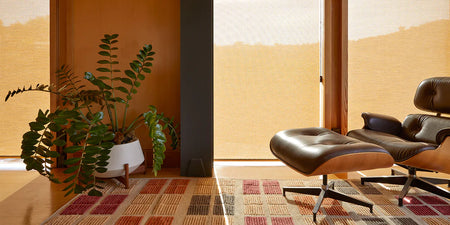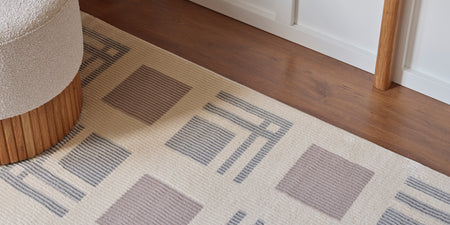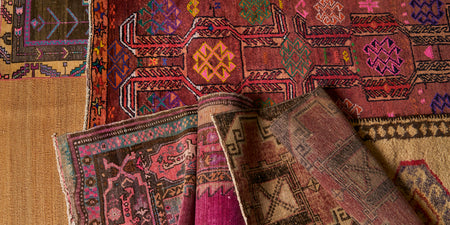BOGO Sale
20% Off 2 or More Rugs
*Excluding custom rugs
Code: BUY2GET20
Automatically applied
Flatwoven and Kilim Rugs
A kilim rug refers to a flatwoven rug, which means there is no pile. Our vintage kilim rugs are all handwoven, available in every size and color, and sourced across Turkey and Morocco. Carefully curated and made of high-quality wool and cotton. To complement these vintage finds, this collection also includes flatwoven rugs designed by our studio and made by artisan partners in small batches using traditional techniques.
More Collections to Love
More about Flatwoven and Kilim Rugs
What is a Kilim Rug?
Kilim rugs are flatwoven rugs, which mean they don't have any pile. Their weft is almost always wool, and their warp is typically either wool or cotton. Kilim rugs are considered a rug-lover's rug, because you can see the intricacies of their weave more closely. Another word for kilim is flatweave, which can be used widely across all flatwoven rugs, whereas technically kilim rugs are traditionally produced in Turkey, Morocco, and the former Persian empire. The word "kilim" is said to be of Turkish origin, but it is also said by some to originate from the Arabic "kalam", which means speaking or talking. We're fond of this poetry, as it represents the voice of the weavers that sings through their art.
How to Decorate with Kilim Rugs?
The most important part of decorating with kilim rugs is technically invisible: the rug pad. With kilims it's even more important that you invest in a rug pad, because kilim rugs tend to be extra slippery across smooth floors of wood or concrete. Additionally, kilim rugs are thinner, which means you'll want a bit of extra cushion that a rug pad provides underneath it to protect the rug and your floor.
How to Clean Kilim Rugs?
Routine care and maintenance for kilim rugs is generally the same as hand-knotted rugs. Vacuum your kilim rug with a non-rotary vacuum once or twice a month to remove dirt and grime, or take it outside and give it a few good shakes. Too much vacuuming can wear down the knots and fibers more quickly. Every few months, flip your kilim rug over and vacuum the back to get the grit out of the foundation of the rug. It also helps to rotate your rug once a year to ensure even wear over time. However, if you spill something, the rules actually become very different. For kilim rugs, blot the spill until it is dry, but do not add liquid. Consult an Oriental rug specialist immediately for cleaning. Adding liquid can make it harder to remove stains, and can even extend them further. This is because moisture travels along the fiber, so in rugs with horizontal fibers (like flatweaves), it can get trapped.
Our Favorite Rugs
We have a lot of favorite rugs here at Revival, but there are some types of rugs we come back to again and again. Jute rugs, for instance, for their color, texture, and strength, and their easy flexibility. Plus, jute is an eco-conscious crop, so these rugs are good for the planet. We also love washable rugs: our Recess collection of rugs is designed to be thrown in the washing machine. Runners (sometimes you’ll hear people call these “runner rugs”) are probably our most favorite size of rugs: thanks to their slimmer size, you can put them everywhere—and they’re more affordable, too.








